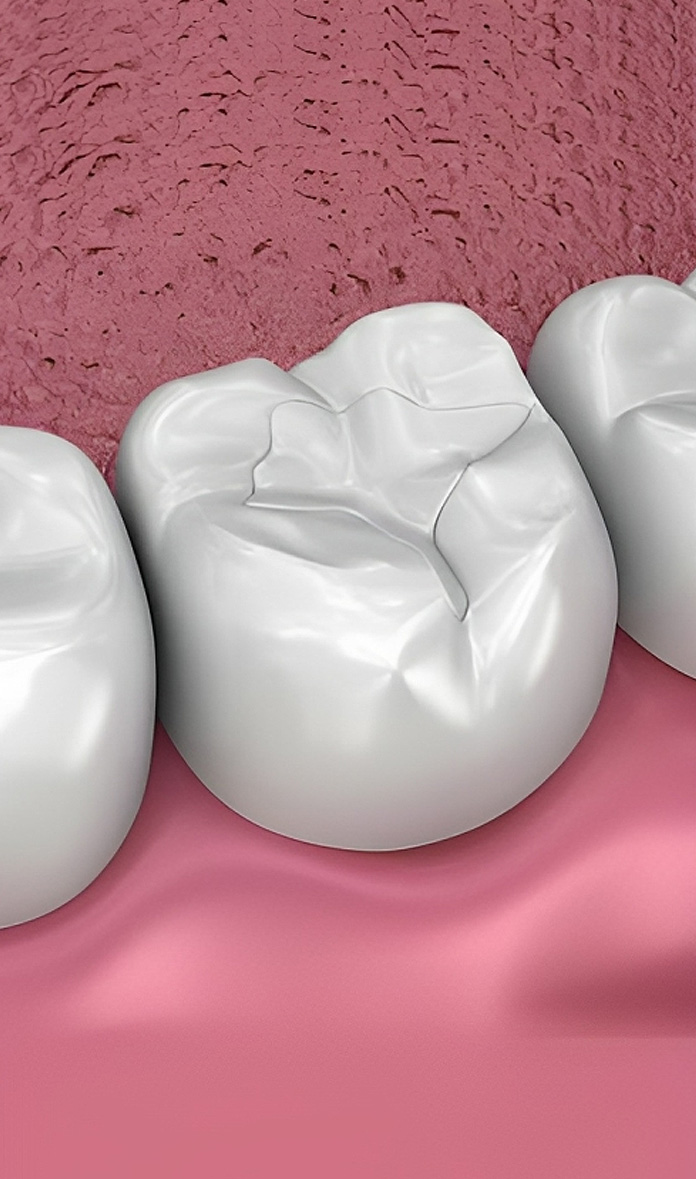Prioritize Your Smile with Preventative Care
Preventative Care & Hygiene
Speak with a member of our team today

SEALANTS
The chewing surfaces of the back teeth have grooves and depressions that are extremely difficult to clean of bacteria and food. This can lead to the formation of acids when the bacteria reacts with the food, causing cavities by breaking down the tooth enamel. Recent studies have shown that 88 percent of cavities in American school children are caused in this way.
To protect these vulnerable areas, tooth sealants are used to seal the grooves and depressions, preventing bacteria and food particles from accumulating. The sealant material, typically a resin, is applied to the back teeth, specifically the molars and premolars, as well as other areas prone to cavities. It can last for several years but should be checked during regular dental appointments.
THUMB SUCKING
Thumb sucking is a natural reflex that brings relaxation and comfort to babies and toddlers. Typically, children stop sucking their thumbs when their permanent front teeth are about to come in, usually between the ages of 2 and 4 years. However, if thumb sucking continues after the primary teeth have erupted, it can lead to improper mouth growth and teeth misalignment. If you observe prolonged or intense thumb sucking in your child, it is advisable to consult with your dentist.
Here are some strategies to assist your child in overcoming thumb sucking:
- Instead of scolding a child for thumb sucking, it is more effective to offer praise when they refrain from this behavior.
- The key is to address the underlying cause of anxiety, as thumb sucking serves as a coping mechanism for stress or discomfort.
- It is important to acknowledge and praise a child when they resist the habit during challenging times.
- Consider using a bandage on the thumb or a sock on their hand at night as a preventive measure.


